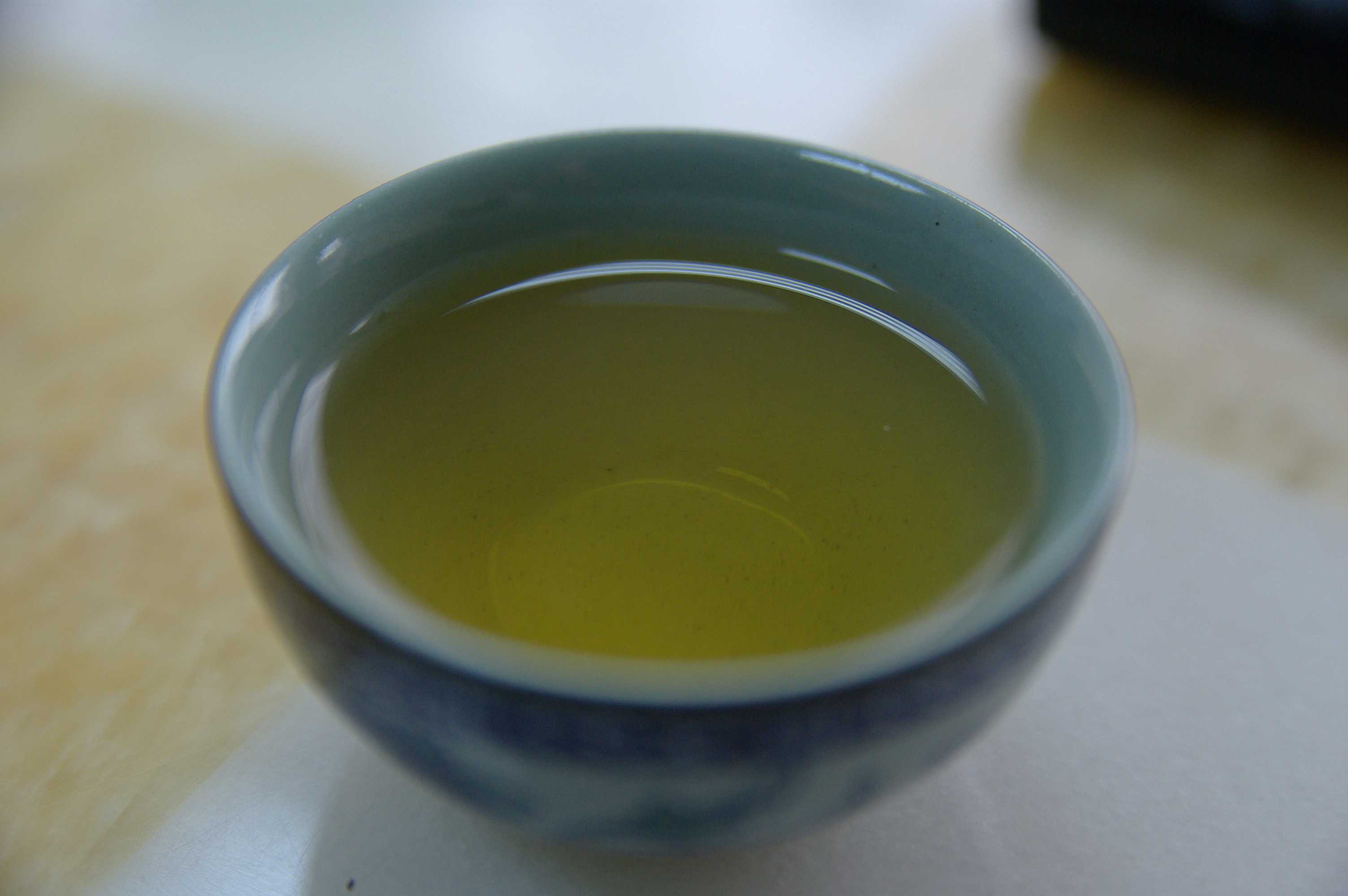GREEN TEA
Not as familiar to the Western palate as the black tea, but it is certainly not an unknown variety. As the world becomes a smaller place due to easy and fast spread of knowledge, we are discovering more and more hidden treasures from other parts of the world.
Green tea, most popularly known as the ‘anti-aging beverage’ is packed with nutrients. Cultures such as Japan, where aging is relatively slow and less-impairing have green tea as an essential part of their diet.
So what exactly is green tea?
Green, black and oolong teas come from the same plant, Camellia sinensis. The difference is that green tea has leaves that have not been fermented, so they contain the highest level of antioxidants. Some of the antioxidants and healing compounds found in green tea include polyphenols, catechins and various other types of flavonoids.
Even though it contains small amounts of caffeine, green tea consumption has been associated with more health benefits than even many ‘superfoods’.
BENEFITS OF GREEN TEA
Long term studies on various populations suggest that green tea is beneficial for overall health, however, it shows incredible amount of benefits for the following conditions:
- Heart health by reducing atherosclerosis and risk of heart diseases
- Lowers blood pressure
- Reduces cholesterol levels
- Reduces inflammation in cases of arthritis
- Increases bone density
- Improves memory
- Helps prevent cancer
- May help prevent memory loss and Alzheimer’s
- Helps protect brain cells from free radical damage
- May help prevent diabetes and insulin resistance
- Promotes bone health
- Protects vision and prevents eye diseases
- Aids in weightloss
GREEN TEA AND DIABETES
Green tea has been traditionally used to control blood sugar in the body. Animal studies suggest that green tea may help prevent the development of type 1 diabetes and slow the progression once it has developed. People with type 1 diabetes produce little or no insulin, a hormone that converts glucose (sugar), starches, and other foods into energy needed for daily life. Green tea may help regulate glucose in the body.
Some clinical studies have found that daily intake of green tea lowered the hemoglobin A1c level in individuals with borderline diabetes.
Some studies indicate that intake of green tea may improve glycemic control and help normalize blood sugar levels. This makes it an ideal drink for anyone, especially pre-diabetics and those with type 2 diabetes. Green tea’s catechins, especially EGCG, appear to have anti-obesity and anti-diabetic effects.
TYPES OF GREEN TEA
There are so many varieties out there. How do I choose?
There are a wide variety of green teas available around the world. Each place has its own unique variety with a unique taste, texture, aroma, and benefits.
Here are some of the most common types of green teas available:
- Fukamushi Sencha
- Gyokuro
- Kabusecha
- Matcha
- Tencha
- Genmaicha
- Hojicha
Why some green teas are a lot more expensive than others depends on a number of factors including but not limited to: the quality of the soil, availability of clean water, elevation of the agricultural land, time of the year it is harvested, the length of leaves, how long ago it was harvested, and how it is stored.
HOW TO BREW A PERFECT CUP OF GREEN TEA
Most experts recommend drinking 3 to 4 cups a day for availing maximum benefits of green tea.
Ingredients
- 1-2 teaspoons of green tea leaves
- 1 cup of water
Method
- Boil the water until it reaches a temperature of 71-82 degrees C / 160-180 degrees F.
- Let it sit for a minute or so before adding the tea leaves.
- Let the mix steep for approximately five to eight minutes; or longer if you prefer strong flavor.
- Strain and transfer the tea to a cup.
- Add honey or lemon to taste.
- Enjoy!
Matcha Tea Brewing Method
It is best to read the instructions on the box, but generally, Matcha tea is brewed this way:
- Fill kettle with water and heat to just short of boiling.
- Warm the serving bowl by pouring hot water in, and then throwing it out.
- Add 1 teaspoon of matcha tea powder to bowl or cup and 2 ounces of nearly boiled water.
- Whisk for a minute or two until it looks thick and frothy with tiny bubble, then add 3–4 ounces of boiled water before drinking.
Green tea is definitely a more health-conscious choice then a cup of coffee. Even though green tea contains less caffeine, from my personal experience, green tea gives you about the same ‘boost’ as a cup of mild coffee. In fact, drinking green tea after 7 PM causes me to stare at the walls until 2 AM, no different than coffee! So when it comes to choosing a cup of healthy warm drink with amazing health benefits, green tea is definitely a no-brainer.

